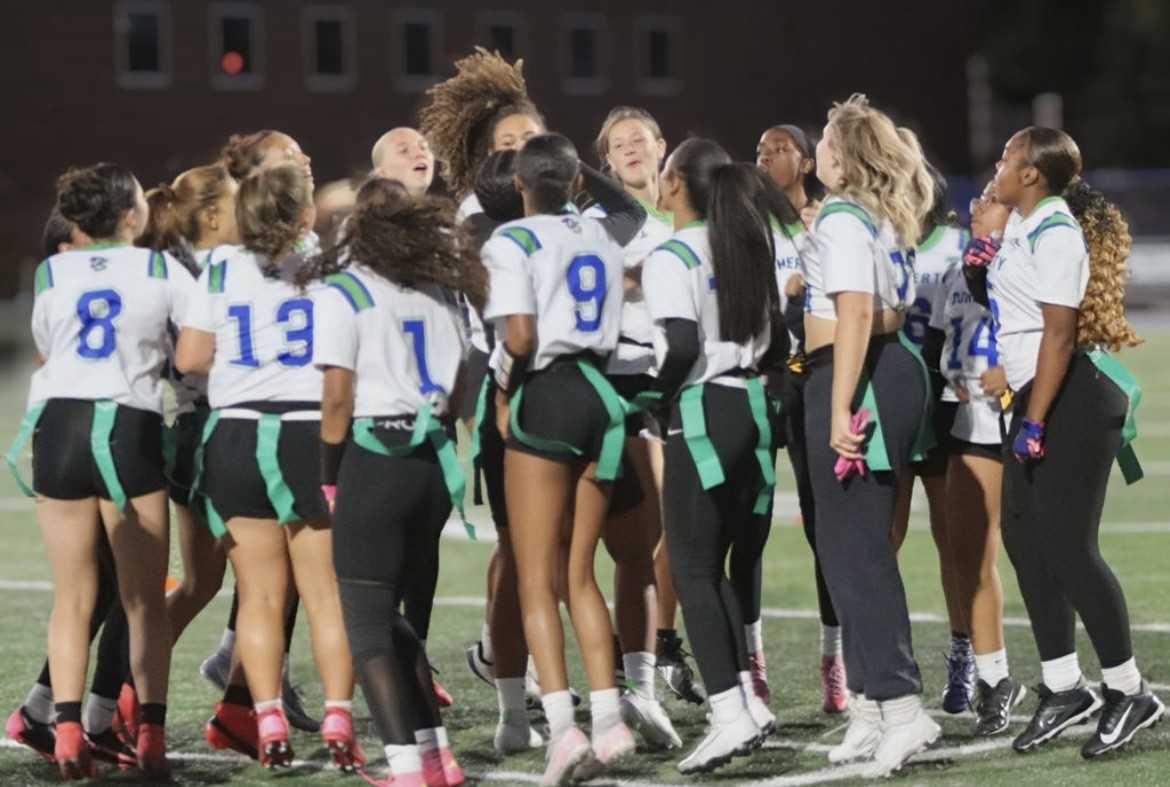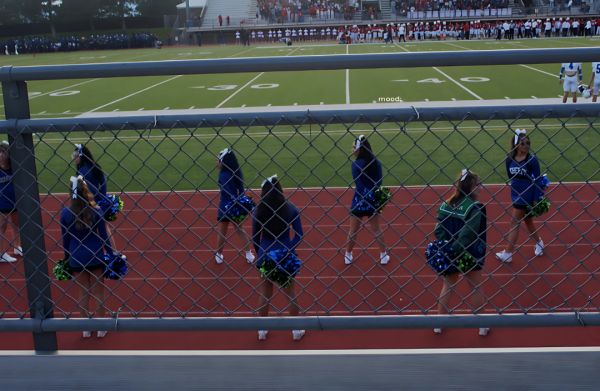Is My Education Determined By What I Wear?
September 30, 2019
Wearing a short skirt above the knees, a tight tank top revealing shoulders and more, and wielding a sharp sword, our Spartan mascot stands tall. Our own mascot is violating our dress code. We’ve listened to our teachers and admin lecture that they’re preparing us for our futures once we leave high school, but yet our own mascot is dressed “inappropriately.” The hypocrisy doesn’t end there. Our own cheerleaders uniforms infringe the Doherty dress code.
“The cheer uniforms that are sanctioned by the school are extremely inappropriate,” said junior Taylor Sherman.
Seemingly, the Doherty dress code doesn’t apply to school spirit, yet around 5% of the student body is disciplined for violating minor dress code guidelines, in regard to illegal and inappropriate items worn by students.
So is our worth supposed to be determined by how we dress? Or what we choose to show? Is a young girl’s exposed midriff more important than her education? Is students’ learning really impacted by what someone wears?
We spoke to several students about this topic and most of them agreed that the dress code was (1.) strict and (2.) unnecessary. The dress code statistically focuses on female students, which was an obvious problem when we mentioned it to students.
“I don’t like that we can’t show shoulders or bra straps,” says Kesley Heit.
On the other hand, most male students aren’t affected by the dress code at all. “[I] don’t care [because I’m] not distracted,” says Ty Lagasse.
The dress code guidelines are one of the many societal labels cast upon boys and girls. The “three B’s (Breast, Butt, Belly) and spaghetti strap epidemic gives the impression that male students who go to school to learn are inherently ”uncontrollable“ and “perverted” and must be kept safe from all distraction that a girl’s body might give. This can result in girls feeling shame and fault when they are harassed by boys and male staff.
Many students are too preoccupied with day-to-day life. Students want it to be a comfortable environment for everyone. Showing a bra strap or your shoulders should not be the end of the world. The dress code definitely makes girls feel like objects, not people. It makes it seem like the only thing guys go to school for is to look at girls, but that is not the case. Boys and girls should respect each other and learn; after all this is what we’re here for.
When young boys and girls are introduced to the school guidelines, we rarely hear about, “Why you shouldn’t harass your peers,” and more of, “You shouldn’t wear or do these things.” From a young age, girls are taught to cover themselves and boys are almost never taught how to control themselves. The idea is that women have to conform or be disciplined. Girls face some form of punishment either way, and what do boys face?
We propose that the dress code shouldn’t be our main priority in school. Instead we should be teaching our students how to respect each other. Teaching girls that they can’t show any skin because its ”disruptive“ to the boys in her class is the wrong message/lesson to give out.





Brandy Carlson • Jan 10, 2020 at 1:42 pm
I believe the dress code is very unfair. They have two very different standards for boys and girls and expect us to still think we are all equal when they don’t make it that way. By suppressing certain students fashion preferences they are suppressing their opinions. The school is making our students become mice in a world full of lions.
Sean Herrera • Sep 30, 2019 at 1:30 pm
The dress code is all around fair to mostly females. Notice males in our school can run around the school (and after school) shirtless and do not have to worry about the code. Worst of all, I hear females commenting more on what the guys wear then visa versa. From what I noticed, the guys don’t really care about fashion in general.